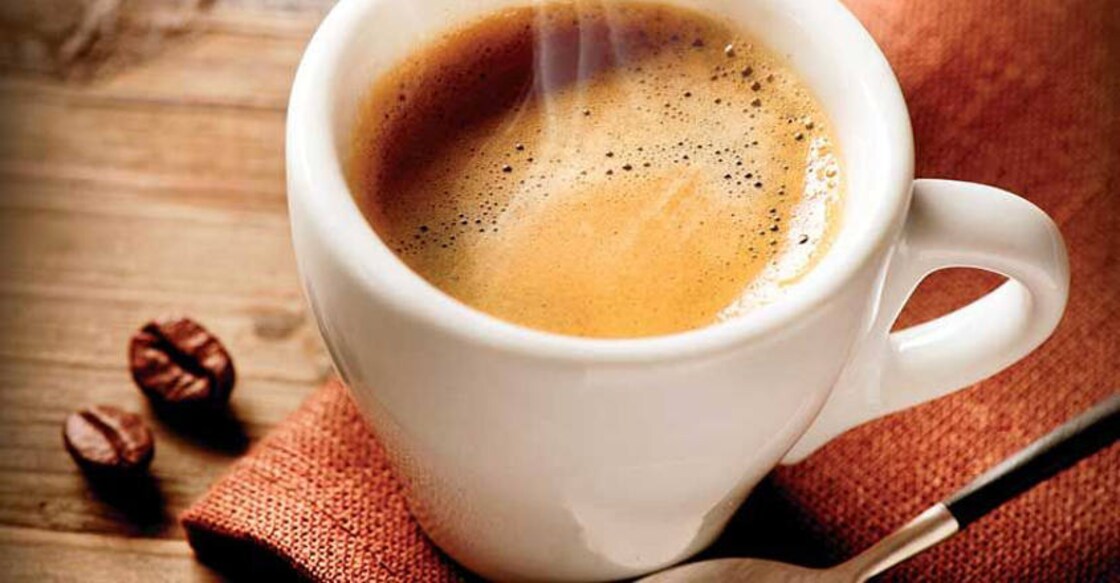Mathematical formula to help make the perfect cup of coffee

Mail This Article
Scientists have devised a mathematical formula to make the perfect cup of coffee, which challenges the common wisdom about the brew.
The study, published in the journal Matter, found that fewer coffee beans, ground more coarsely, are the key to a drink that is cheaper to make, more consistent from shot to shot, and just as strong.
“Most people in the coffee industry are using fine-grind settings, and lots of coffee beans to get a mix of bitterness and sour acidity that is unpredictable and irreproducible," said Christopher Hendon, a researcher at the University of Oregon in the US.
“It sounds counter-intuitive, but experiments and modelling suggest that efficient, reproducible shots can be accessed by simply using less coffee, and grinding it more coarsely,” Hendon said.
Though lots of factors are involved, the norm for brewing an espresso shot is to grind a relatively large amount of coffee beans --about 20 grams -- almost as finely as possible.
The fine grind, common sense goes, means more surface area exposed to the brewing liquid, which ought to boost extraction yield -- the fraction of the ground coffee that actually dissolves, and ends up in the final drink, the researchers said.
They put together a mathematical model to explain the extraction yield based on the factors such as the mass of water and dry coffee, the fineness or coarseness of the grounds, and the water pressure.
As the team compared its predictions to brewing experiments, it became clear that the real relationship was more complicated, the researchers said.
Grinding the coffee beans as finely as the industry standard clogged the coffee bed, they said.
It also led to reduction in extraction yield, wasting raw material, and introducing variation in taste by sampling some grounds, and missing others entirely.
The team formulated a recipe to simultaneously maximise extraction, and produce espresso that would taste similar from one cup to the next.
"One way to optimise extraction, and achieve reproducibility is to grind coarser and use a little less water, while another is to simply reduce the mass of coffee," Hendon said.
The researchers noted that developing a model representative of espresso brewing was not a straightforward task.
At a basic level, they said, extraction yield depends on how water flows under pressure through a mass of coffee grounds.
However, that mass is made up of millions of individual grains of different shapes and sizes, jammed irregularly into a single filter bed.
"You would need more computing power than Google has to accurately solve the physics, and transport equations of brewing on a geometry as intricate as a coffee bed," said Jamie M. Foster, a mathematician at the University of Portsmouth in the UK.

To get past this hurdle, the researchers drew on an unlikely source -- electrochemistry -- likening how caffeine and other molecules dissolve out of coffee grounds to how lithium ions move through the electrodes of a battery.
Borrowing modelling methodologies from battery work led to a rigorous coffee extraction model capable of making powerful and testable predictions.
The model could also lead to economic gains for cafes and provide sustainability benefits for the coffee industry, the researchers said.
For example, at the current price of roasted coffee beans, dropping the mass of dry coffee from 20 grams to 15 grams per drink would add up to savings of a few thousand dollars per year for a small cafe.
This amounts to $1.1 billion per year if scaled up to the whole US coffee industry, the researchers said.
They noted that being more efficient with coffee bean usage would also reduce waste at a time when coffee supply is under threat from changing climate in major production areas of the world.

